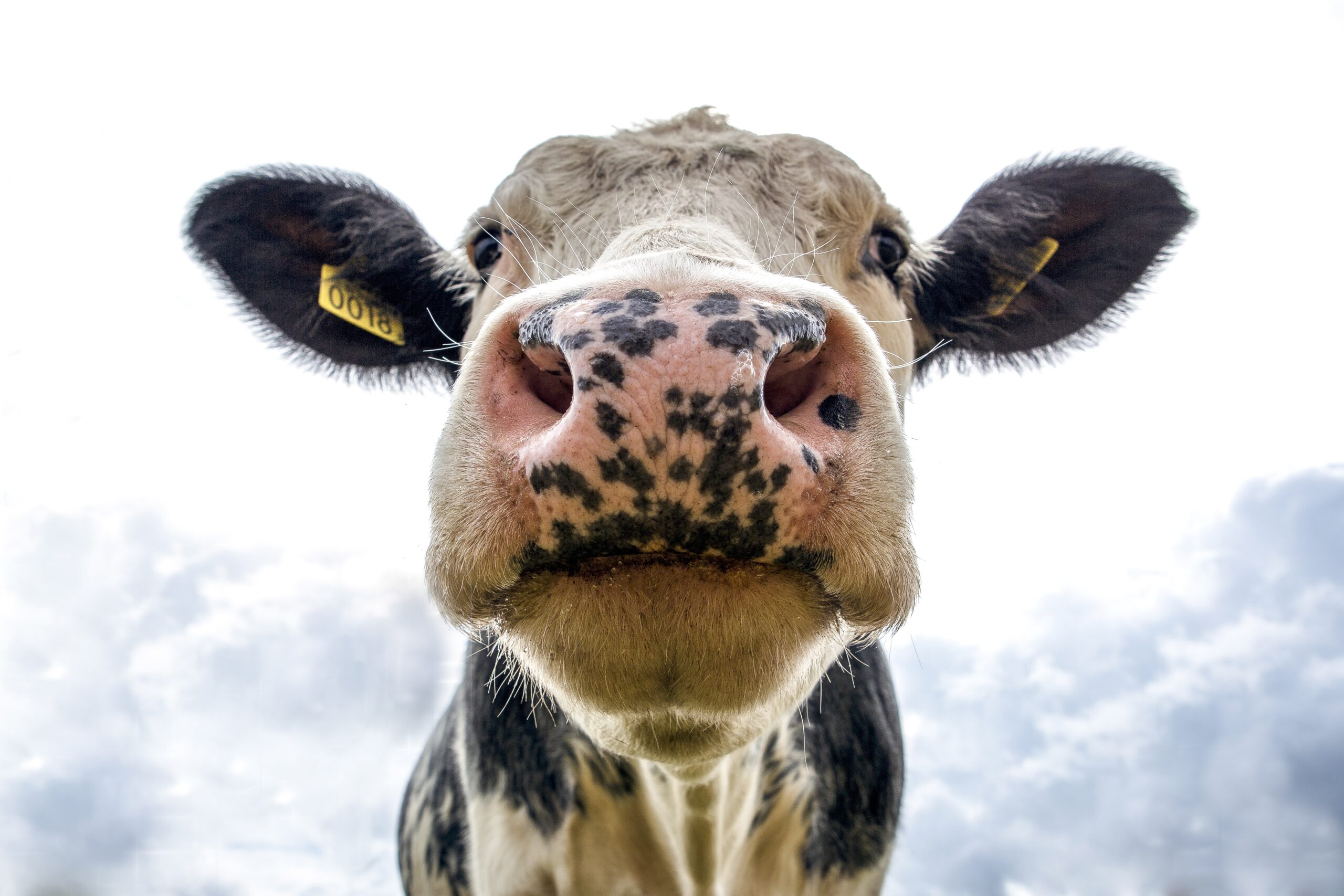
The ongoing debate over the impact of the animal agriculture communities on greenhouse gas emissions is nothing new. Cows have been condemned for climate change effects time and time again – oftentimes unfairly with overstated figures and exaggerated claims. But even now, as anti-animal agriculture activists rally this cause as an excuse to reduce or even eliminate the consumption of meat, milk, poultry, and eggs, farmers and ranchers have countered their claims with a continued commitment and action toward reaching solutions. Enter: carbon sequestration.
HOW MUCH DO LIVESTOCK CONTRIBUTE TO CARBON EMISSIONS?
The fact is animal agriculture does contribute to greenhouse gas (GHG) emissions, just not as much as critics want you to believe. According to the Environmental Protection Agency, agriculture accounts for less than 10% of U.S. GHG emissions, while livestock production is only 4%. As a direct result of the farming and ranching communities’ unparalleled dedication to stewardship and commitment to conserving natural resources, American dairy and beef production only contributes around 3.3% of all U.S. GHG emissions.
REPOSTED FROM ANIMALAGALLIANCE.ORG - READ FULL ARTICLE HERE